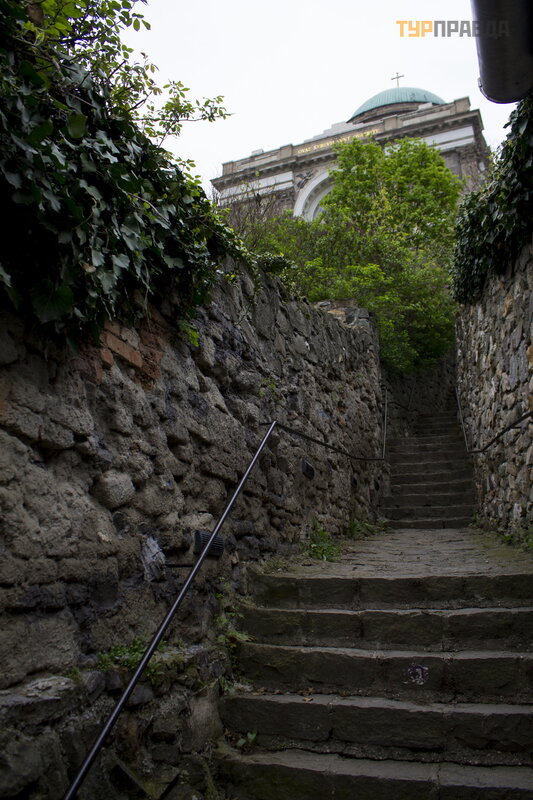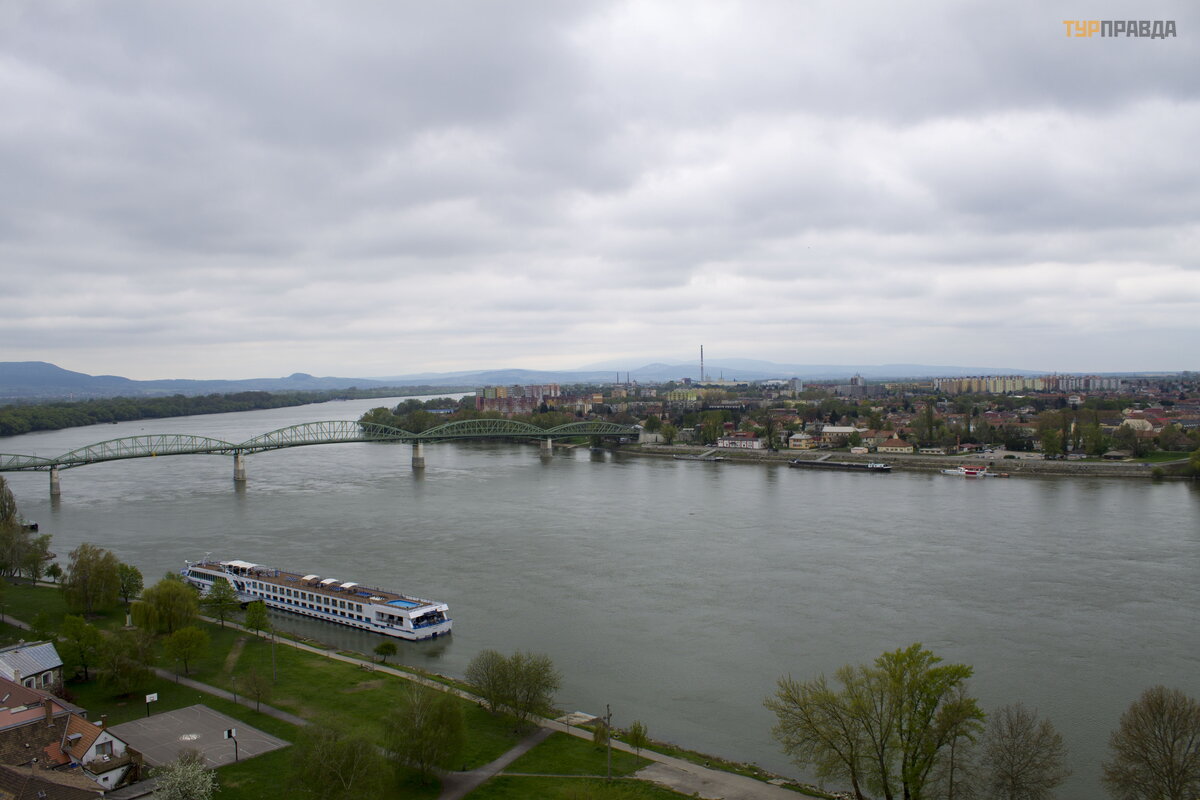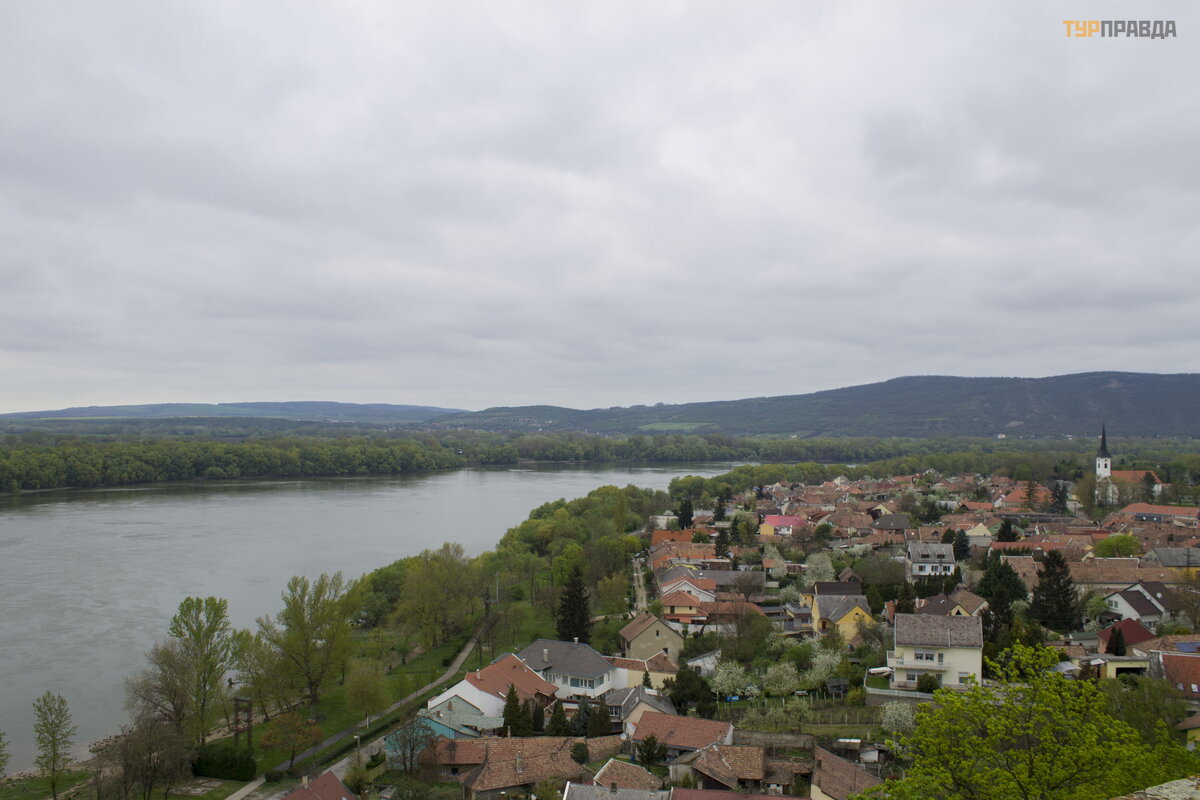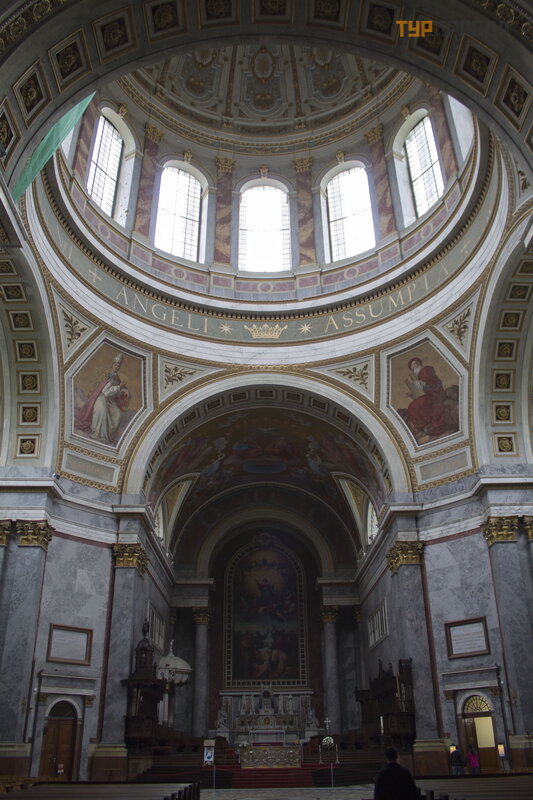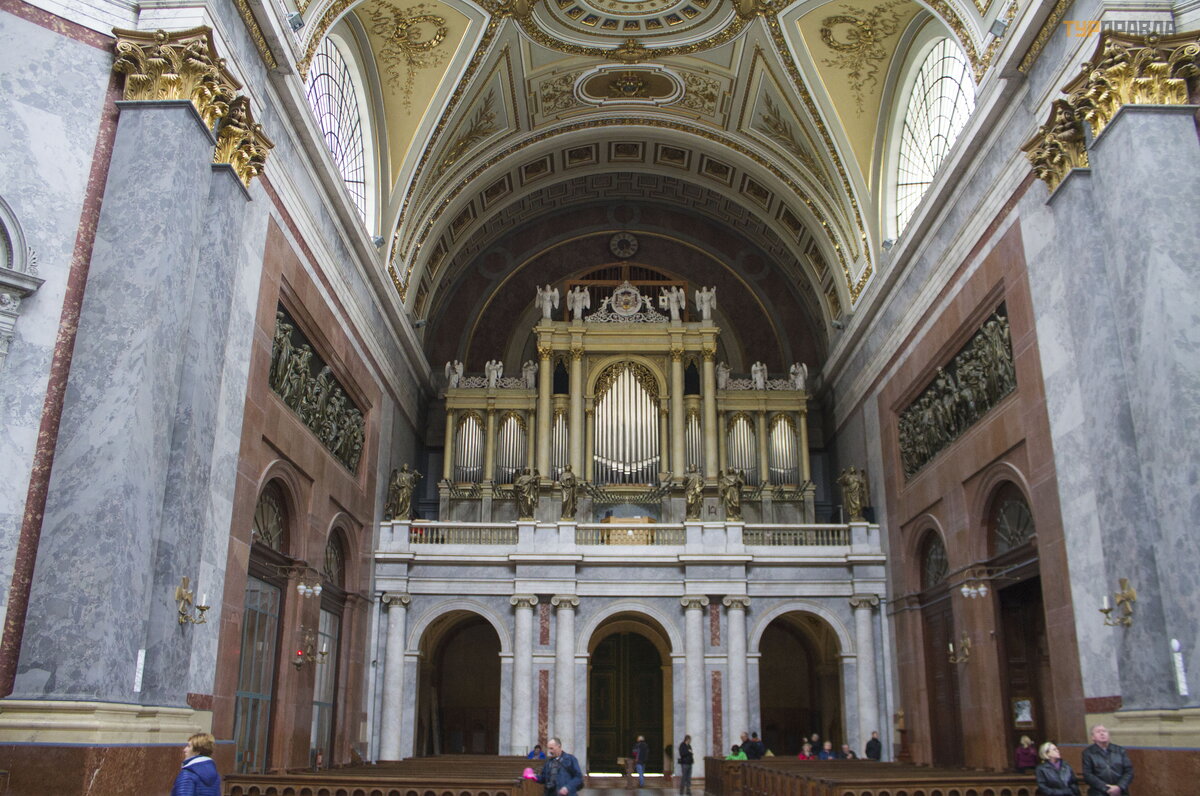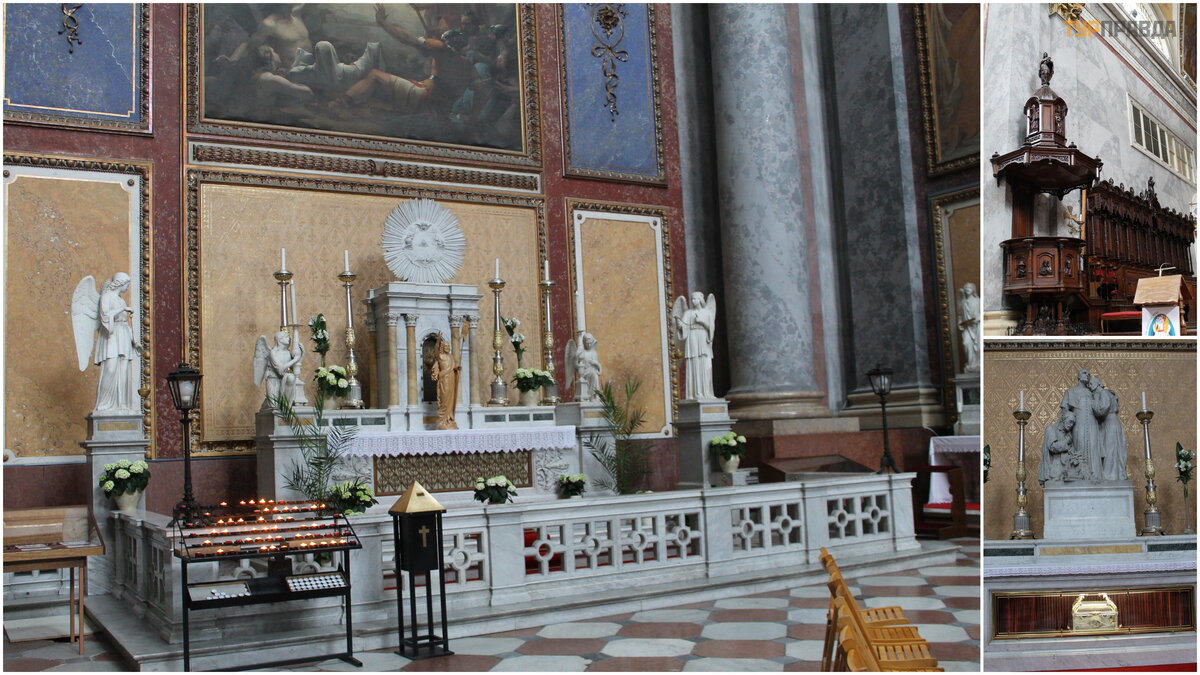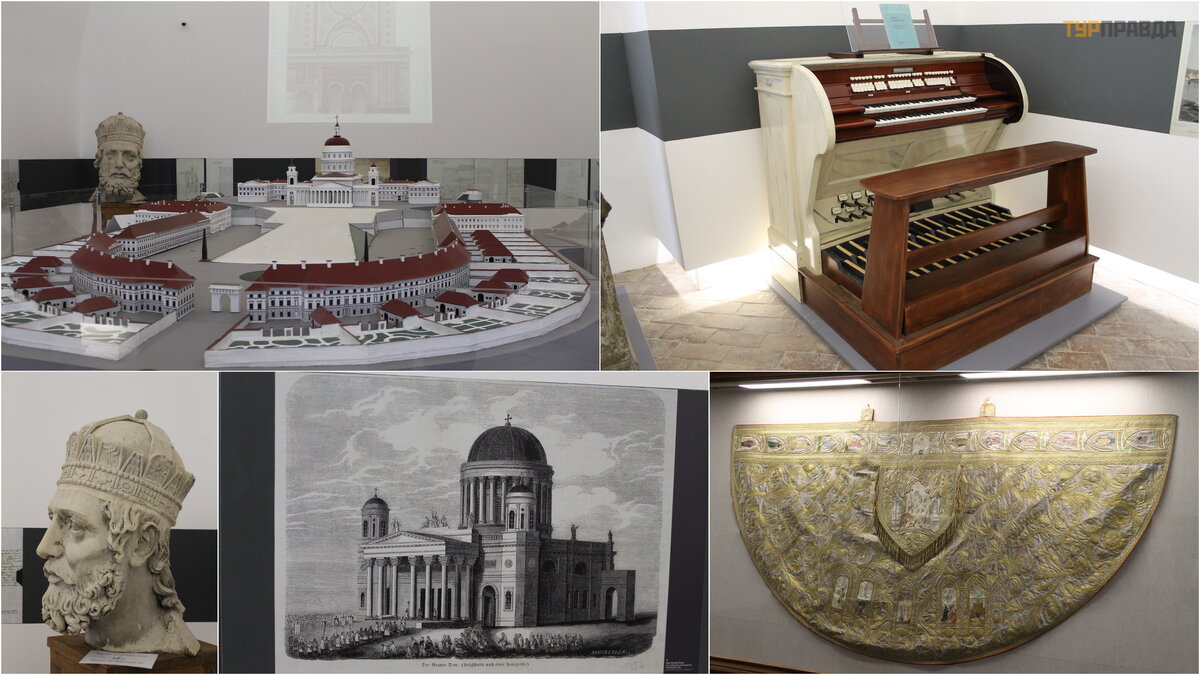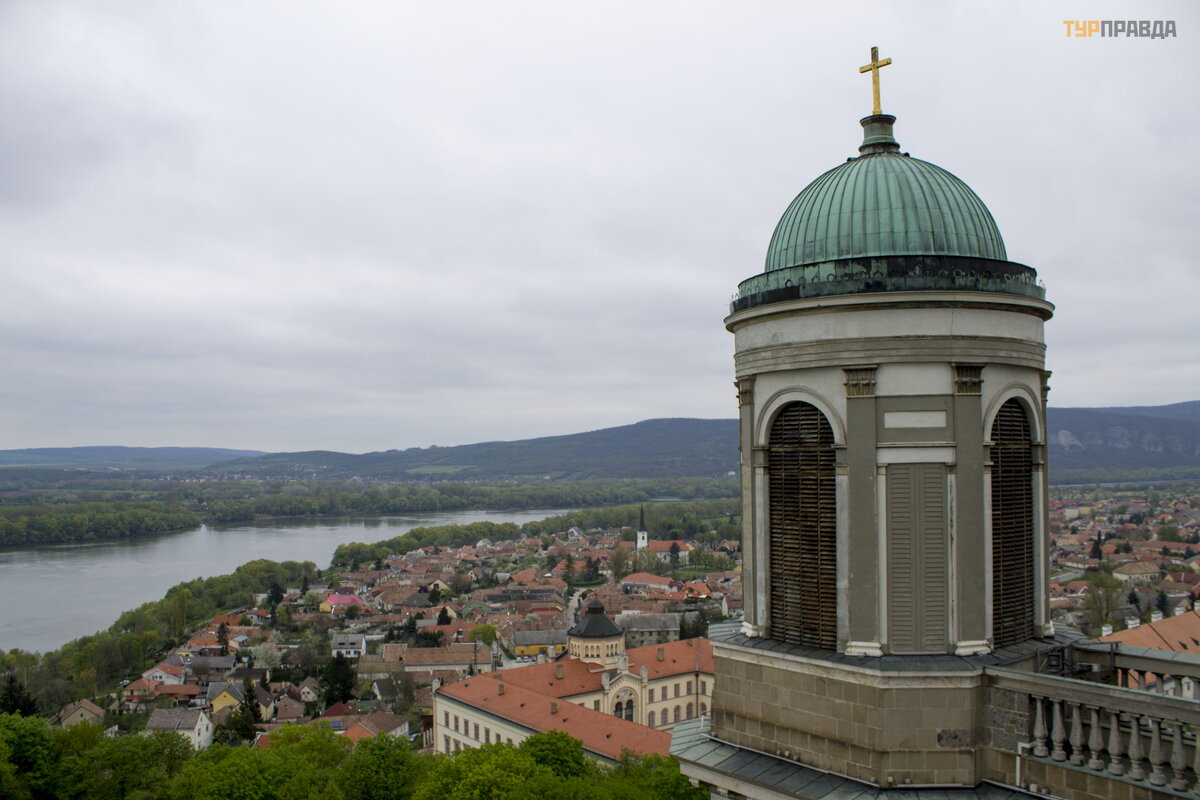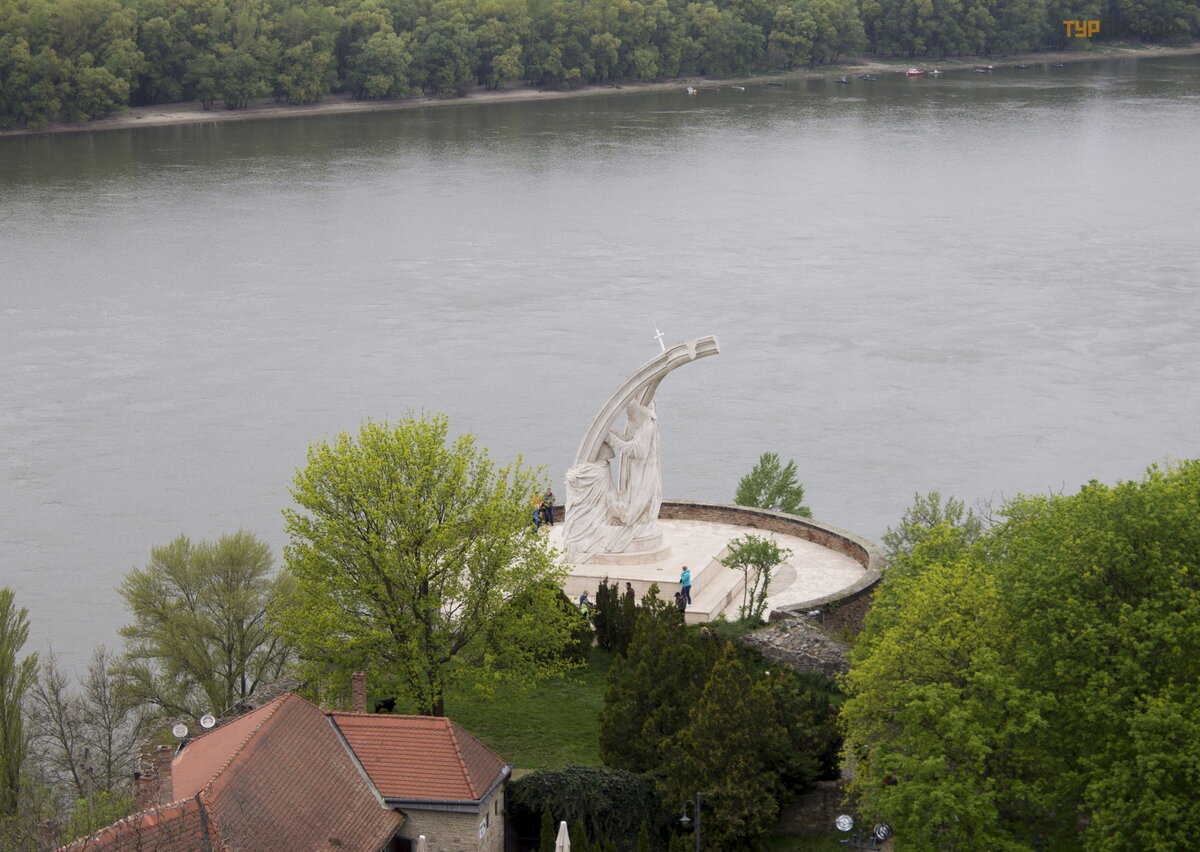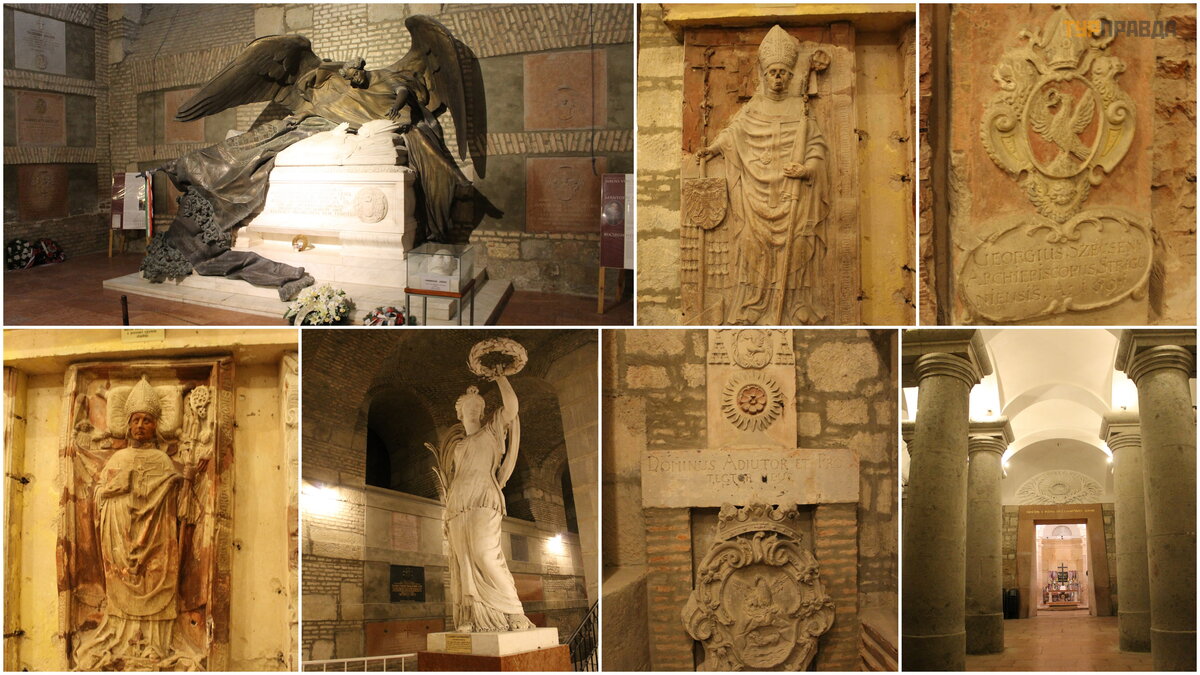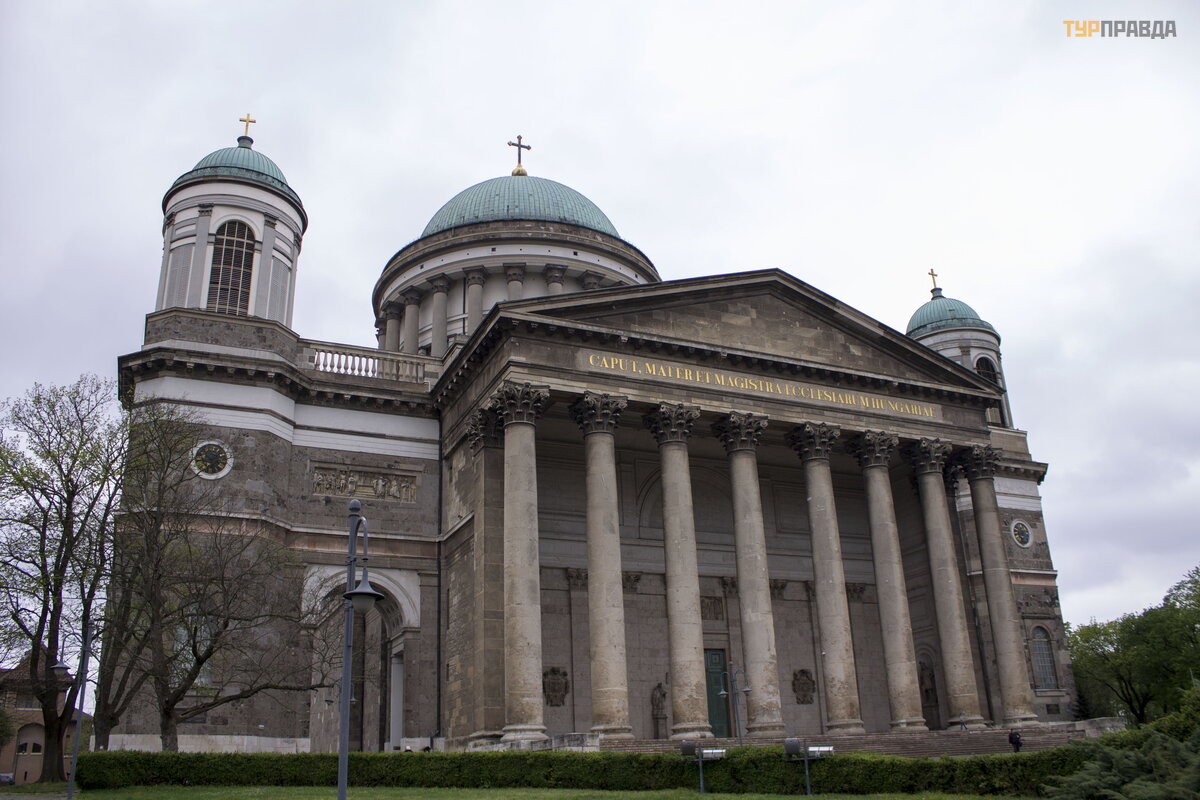As we traveled from Budapest to the Danube Bend. Part 1

This time I pondered for a long time whether to describe our journey. Firstly, Hungary is not such an exotic country, secondly, most tourists are familiar with it and in some places even tired of it, and thirdly, only lazy people did not tell about the options for visiting it on TP. But if you suddenly find yourself in Budapest not for the first, not for the second time and not even for the third time, I dare to suggest an idea for a trip - the Danube Bend.
This common name refers to the nearby towns along the Danube along the Danube - Esztergom, Visegrad and Szentendre. Sometimes Vats is added here. Each city is interesting in its own way: Esztergom is the first capital of Hungary with the largest Catholic cathedral, Visegrad is the former summer residence of Hungarian kings, Szentendre is a kind of open-air museum-gallery or, as it is often called, the City of Artists. In general, there are many to choose from. ; )
We decided to start our journey with Esztergom as far as possible, and then as it turns out. You can get there by train, which departs every hour from the West Station ( Nyugati pá lyaudvar ) and is on the road for about 1 hour 25 minutes (detailed schedule on the website Hungarian Railways ), or on the super popular bus №880, which starts from the bus station near the Arpad Bridge ( Á rpá d hí d ) and is on the road 1 hour 15 min. (Detailed information up to the route map can be found at Volanbus ).
We chose the train because of the greater comfort of movement, as well as because of past visits we really wanted to look at the West Station , built in the XIX century. designed by Gustave Eiffel himself.
Winged and slightly stunned by the simplicity of buying tickets (I'll talk about the practical moments at the end), we rush to the train, which is a small warehouse of 3 cars, on which are written numbers 1 or 2 - these are not car numbers, but class. We need the number 2.: )
Everything in the car is comfortable, civil, there is even a toilet and Wi-Fi. But we prefer to admire the surrounding views, although neither the Danube nor its bend from the train is almost invisible - only the Danube lowlands. ; )
And here we see the controller approaching. Sure, we all seem to have done the right thing, but suddenly something went wrong? Mandrake begins.
With the eyes of the Cat from the cartoon "Shrek", with trembling hands, we give him tickets for the train and daily tickets and reverently freeze… The controller silently looks at all our wealth, something scribbles in the tickets and goes on. Whoops! ! ! ! ! Do not disgrace the country in the international arena! : )
After such experiences, they did not notice how they approached Esztergom station (not very attractive, but quite functional),
 As can be seen from the inscription - Esztergom station
As can be seen from the inscription - Esztergom station
from which you can already see the main attraction of the city - the Cathedral of the Assumption of the Blessed Virgin Mary and St. Adalbert.
 And in the distance the Basilica of St. Adalbert
And in the distance the Basilica of St. Adalbert
Here, in fact, it is probably worth a little more detail than the famous Esztergom . This ancient city was founded in the I century.
and in different historical periods was of great importance in the cultural, state and religious development of Hungary, was the first capital of the country. It is believed that the most famous king of Hungary was born in Esztergom, who went down in history under the name of St. Stephen.
Here is the residence of the Primate of Hungary - Archbishop of Esztergom. And at the entrance to the city you can see the domes of the main and largest basilica of the country - the already mentioned Cathedral of Our Lady and St. Adalbert.
Well, we still have to get to the Basilica… We are going almost empty this Sunday,
Admire the surrounding attractions: St. Anne's Cathedral, built in the likeness of the Roman Pantheon, the local Heroes' Square, other architectural beauties.
And here we hear the sounds of the inflammatory chardash and see people moving in that direction!
It is a local dance group performing in the central square of the city! ; )
Here on the square are all the attributes of the historic center - the Old Town Hall, the fountain, the emblem of the city. : )
But our goal is the Council. But the best place to see this majestic house is from Slovakia! ; ) The Danube here is the border between Hungary and Slovakia, connects the country 500-meter bridge Maria-Valeria, built in 1895 and named after one of the daughters of the famous Austrian Empress Sisi.
By the way, during the retreat of the Germans in 1944.
The bridge was blown up and rebuilt recently - in 2001.
, and until now the locals used the ferry. Well, we are lucky, and we are going to Slovakia by bridge! : )
Indeed, the views of the Cathedral, Esztergom and the Danube from the Slovak side are simply stunning
 St. Adalbert's Cathedral in all its glory
St. Adalbert's Cathedral in all its glory
 Danube and a piece of Esztergom
Danube and a piece of Esztergom
However, it's time to return to Hungary! ; )
At the same time and admire the winding Danube from the bridge.
And here, at last, we go to the Cathedral!
On the way we pass the Church of Vizivaros and the Palace of the Archbishop, which is adjacent to it.
ru / newimg / 3 / 1200x800 / 00/01/50/27 / 1502711.jpg "/>
But everything is closed there, and our goal is the Cathedral, and you can climb it on the so-called "Cat Stairs". By the way, we would have found her so easily if a cat had not appeared near us, which literally directed us towards the stairs! Maybe he works part-time there? ! ! ; )
While we fight up the fortress,
man enthusiastically takes pictures of the views that open. And I will tell you, despite the bad weather, there is something to admire!
 View of the Archbishop's Palace
View of the Archbishop's Palace
And this is a view of Slovakia: )
I read the history of the Council. It is believed that in this place since 970
there were seven churches in turn, and a written mention of the first basilica of St. Adalbert dates back to 1010. At one time there were the Church of St. Stephen, the Chapel of St. Witt, as well as the Chapel of Bakots - it was later moved to the modern Basilica as a side chapel.
The modern Basilica was built slowly, during which time four archbishops and three architects changed - in 1822 they laid the first cornerstone and only on November 1.1869 - the last closing stone. But the solemn consecration of the Basilica took place before the completion of construction - August 31.1856 in the presence of the Emperor of Austria-Hungary Franz Joseph.
Under such fables, we finally get to the courtyard of the Cathedral, but stretching the pleasure, we decide to start from the site where the monument to St. Stephen. It is said that it looks very impressive from the Danube side in the evening light, but here what is rich ... ; ) Having inspected both the monument and the views from it,
Let's finally go to the Cathedral. Yeah Al that sounds pretty crap to me, Looks like BT aint for me either
I will not say that this is the largest I have seen (the Basilica is only 18th in the list of great temples), but this is how, in provincial Hungary, to see such a community (100x118x49 meters! ) - very expressive!
Moreover, the size of the cathedral, combined with its neoclassical proportions, is to some extent even depressing (especially when viewed closely).
And what's inside? And here the Cathedral has something to boast about - a dome over 70 m high and the world's largest (!!! ) Picture of the main altar, painted on a single canvas based on the altarpiece created by Titian for the main altar of Venice.
 The largest altarpiece in the world (!!! )
The largest altarpiece in the world (!!! )
There is also a body of work of Ludwig Muser, consisting of 49 registers and 3530 trumpets, on which in honor of the opening of the Cathedral was performed "Grand Mass", written by Ferenc Liszt just before this event.
 Body on which Ferenc Liszt's" Grand Mass "was first performed
Body on which Ferenc Liszt's" Grand Mass "was first performed
And a bunch of separate altars and chapels - St. Adalbert, St. Hungarians, St. Stephen, etc.
It is especially worth mentioning the Bakoci Chapel, which I mentioned above. Its construction dates back to the beginning of the XVI century. , and in 1823 it was dismantled into 1600 (! ) parts to be built into the new Cathedral. The chapel is named after Cardinal Thomas Bakozzi, who is buried in it, and is considered one of the best examples of Renaissance architecture outside of Italy.
Additional attractions in the Cathedral include the Treasury, the Cellar, the Hall of Panorama, as well as the possibility of climbing the Dome. But their visit is paid and, if you decide on it, it is more profitable to buy a combi ticket, the cost of which is 1400 forints (for ease of translation 1 € about 300 forints).
Yes, and don't make our mistake - we, passing all the signs, rushed to the Dome, hoping to inspect the Treasury later. And it turned out that the route is looped and you will not return the way you climbed. Therefore, after descending from the Dome, we had to go with a penitent look to the young lady at the checkpoint and explain how stupid we are. She laughed for a long time, but let us into the toll zone a second time. : )
So, first of all, you should go to the Treasury.
It is impossible to take photos there, but there is something to look at - here is the cross of Arpadov, which was sworn in by Hungarian kings during the coronation, and the textile collection of episcopal vestments is considered one of the rarest in Europe.
Stored in the Cathedral and another treasure, not presented for viewing by interesting tourists - is a recipe for the famous Hungarian balm "Unique". But here, as they say, it is better to try once than to look at the recipe a hundred times! ; )
Panorama Hall is a place where you can drink a cup of coffee overlooking the Danube Bend, as well as learn about the history of the construction of the Cathedral.
 From the history of the Cathedral
From the history of the Cathedral
And here from it on 256 steps
 Steps to the Dome of the Basilica
Steps to the Dome of the Basilica
you get to the bottom of the dome and admire the edges species
Then overcome another 400 steps, and here you are at the top! ; )
From here, by the way, there is also a magnificent view of the royal palace of Arpadov, built in the tenth century.
, destroyed during the Turkish invasion and rebuilt in the early twentieth century. Here is now the Museum of the History of the city with a rich collection of weapons.
And to the huge square in front of the Cathedral, as well as the road we will take to Visegrad. ; )
 Square in front of the Basilica and the road to Visegrad
Square in front of the Basilica and the road to Visegrad
But before that we went down to the Cathedral Crypt (tickets have already been bought), which is the burial place of the Archbishops of Esztergom, as well as the reburial of some historical figures, including three Hungarian kings.
The tomb of Cardinal Jozef Mindsenti, a figure in the 1956 Hungarian Revolution, who lived after the suppression of the uprising, lived first in the American embassy in Budapest and then in Vienna, where he died in 1975. In 1991, the cardinal's remains were reburied in the crypt of the Esztergom Basilica.
At this we say goodbye to Esztergom and its Basilica.
Then Visegrad is waiting for us. And if you are not tired of our journey, then it will be; )))
For now, a little announcement






















